How to Measure a Horse's Height
Updated on 05/26/24
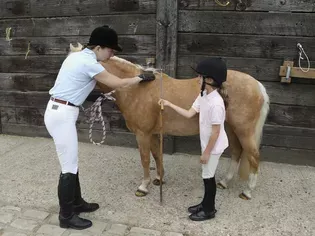
Unveiling the Secrets: A Comprehensive Guide to Accurately Measuring Your Horse's Height
Horses, the majestic creatures that they are, come in a myriad of shapes and sizes. Whether you're a seasoned equestrian or a curious bystander, determining a horse's height is a fundamental aspect of understanding their physical attributes and assessing their suitability for various disciplines. In this comprehensive guide, we'll embark on a journey to unravel the intricacies of horse height measurement, empowering you with the knowledge to accurately gauge your equine companion's stature. Join us as we delve into the following areas:
Decoding the Hand Unit: The Universal Measure of Horse Height
In the equestrian world, height is traditionally measured in hands (hh), a unit that originated in medieval England. One hand is equivalent to four inches, making it a convenient and universally recognized measure for horses of all breeds and sizes. Understanding the hand unit is the cornerstone of accurate height determination.
The Art of Measuring with Precision: A Step-by-Step Guide
To embark on the task of measuring a horse's height, follow these meticulous steps:
1. Choosing the Right Location: Opt for a flat, level surface to ensure an accurate measurement. Avoid sloped or uneven terrain that could skew the results.
2. Grooming for Accuracy: Remove any dirt, mud, or loose hair from your horse's hooves to prevent interference with the measuring stick. Clean hooves provide a more precise reference point.
3. Positioning the Horse: Have your horse stand squarely on all four legs, with its head held level and its body relaxed. Patience is key; wait until your horse is completely still before proceeding.
4. Introducing the Measuring Stick: Gently place a measuring stick (also known as a height stick) vertically beside the horse's front left leg, aligning the base of the stick with the ground directly beneath the horse's fetlock joint (the bony protrusion above the hoof).
5. Measuring to the Withers: Carefully slide the measuring stick up the horse's leg until it reaches the highest point of the withers, the ridge between the shoulder blades. Ensure the stick remains perpendicular to the ground throughout the process.
6. Reading the Measurement: Note the height reading on the measuring stick where it intersects the withers. This value represents your horse's height in hands.
Height Measurement Examples: A Closer Look
To further illustrate the concept of measuring a horse's height, let's explore a few real-world examples:
1. A Quarter Horse Measuring 14.3 Hands: This horse stands 59 inches tall (14 x 4 inches + 3 inches), placing it within the typical height range for Quarter Horses.
2. A Thoroughbred Measuring 16.2 Hands: Towering at 66 inches (16 x 4 inches + 2 inches), this Thoroughbred showcases the taller stature often associated with the breed.
3. A Miniature Horse Measuring 32 Inches: Standing at just 32 inches tall, this miniature horse falls below the standard height range of regular horses, highlighting the size diversity within the equine world.
Factors Influencing Horse Height: A Multifaceted Perspective
Multiple factors contribute to the height of a horse, including:
1. Breed: Different breeds have specific height ranges, influenced by centuries of selective breeding for desired traits.
2. Genetics: The genes inherited from both parents play a significant role in determining a horse's height potential.
3. Nutrition: Proper nutrition during growth and development can optimize a horse's height and overall physical development.
4. Environment: Environmental factors, such as climate and access to grazing, can influence a horse's growth and height to some extent.
The Importance of Accurate Height Measurement: Beyond Aesthetics
Measuring a horse's height accurately extends beyond mere aesthetics. It has practical significance in various aspects of equestrianism:
1. Determining Suitability for Disciplines: Different disciplines, such as show jumping and dressage, have specific height requirements for competing horses. Accurate height measurement ensures that horses are placed in appropriate classes.
2. Assessing Growth and Development: Regular height monitoring can provide valuable insights into a horse's growth patterns and overall health. Deviations from expected growth rates may indicate underlying health issues or nutritional deficiencies.
3. Estimating Weight: Height measurements can be used in conjunction with body condition scoring to estimate a horse's weight, which is crucial for determining appropriate feed rations and medication dosages.
Conclusion: The Power of Precision
Measuring a horse's height accurately is a fundamental skill for equestrians and horse enthusiasts alike. Understanding the hand unit, following precise measuring techniques, and considering the factors influencing height empowers you to assess your horse's stature with confidence. This knowledge not only enhances your appreciation for your equine companion but also contributes to their well-being and performance. By mastering the art of height measurement, you become an informed advocate for your horse, ensuring their health, happiness, and success in the equestrian world.
Explore More Pets

Pony Breeds
The Difference Between Horses and Ponies

Horse Diseases & Conditions
What Do I Do If My Horse Colics?
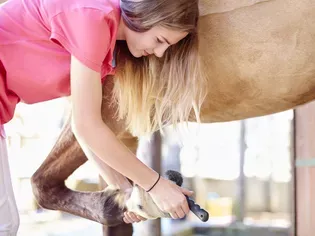
Pony Breeds
Horse and Pony Care by the Day, Week, Month and Year
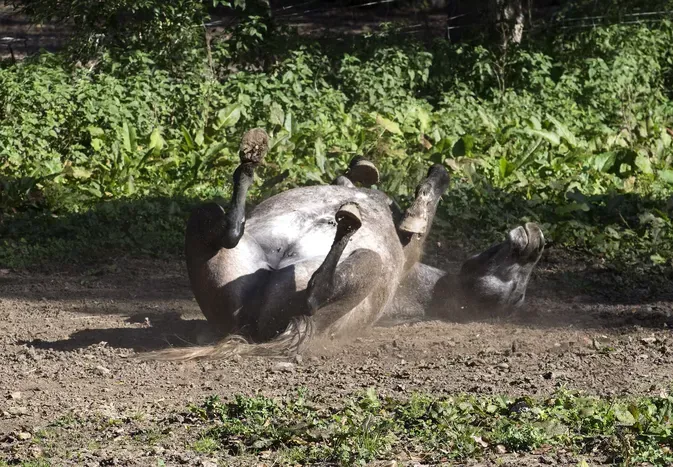
Horse Grooming
Mange in Horses
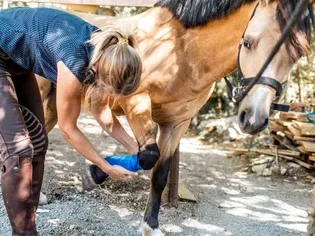
Horse Diseases & Conditions
Grease Heel in Horses

Light Horse Breeds
Gypsy Vanner Horse Breed Profile

Horse Diseases & Conditions
Girth Galls and Saddle Sores
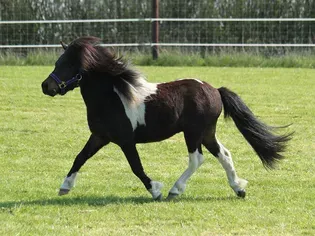
Pony Breeds
Shetland Pony Breed Profile
